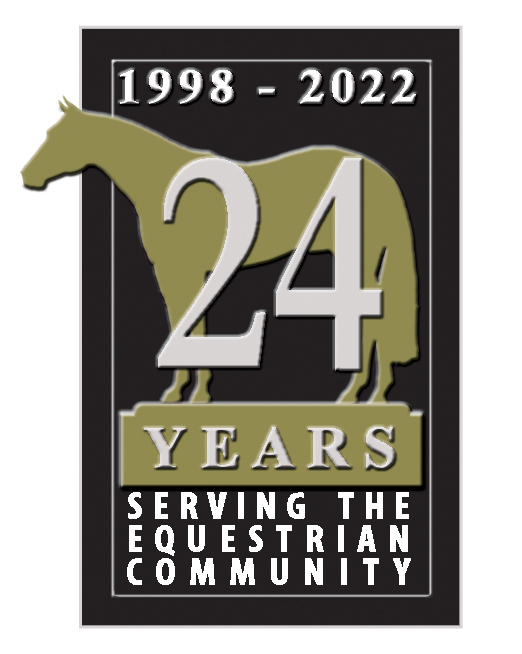
Check Your Labels
January 15, 2021Let’s talk about ingredients in Grooming Products.
Most people are not aware of what is in the products that they use on their pets (or horses!).
They also aren’t aware that there is very little regulation on animal product labels.
So what happens is, less than ethical grooming product manufacturers, who don’t have to fully disclose the entire contents of their formulas don’t. Or they hide low quality ingredients by naming them something else. It’s completely dishonest. Another dirty trick is naming an ingredient something that sounds natural when it isn’t. In fact, it’s often the opposite: a synthetic or industrial grade ingredient, that if you knew what it was, you wouldn’t use it.
Surfactant Use
For instance: surfactants. Surfactants are the ingredients in shampoos that make the suds or bubbles. All shampoos have them. Most, but not all, use the cheapest kind you can get, because they cost less for them to use in their formulas, and it makes them a few more pennies per bottle sold. These are most of the time one of the highest percentage ingredients in a shampoo formula, next to water, so they want to push that cost down as much as possible.
What they actually use, and hold on to your hat here, is the same ingredient used to degrease engine blocks and motors in an industrial application! There is no way people would want to use that on themselves if they were told this, or knew about it, and most people wouldn’t want to use it on their best friends or family members (their pets and horses). They are harsh chemicals that strip the skin and coat bare. They dry and damage the skin and coat, and you end up with a painful or uncomfortable skin condition on a living creature that you love. It’s really sad. People just don’t know.
Silicone Damage
Another ingredient commonly used in pet shampoos and conditioners are silicones. They are used in human products as well, but the labeling requirements for human products are much more strict, and most people can make an informed decision on using them.
In animal products, they don’t have to list them in the ingredients, or use the proper names. Again, they get used in inferior products because they are cheap to buy, and most people just don’t know they’re even in there. Silicones give the appearance of moisturized hair or coats, but they are actually doing the opposite. I compare it to putting a water proofing on your deck. They seal the moisture out, and the skin and coat can’t respirate properly, which causes dry and/or flakey skin, and dry brittle hair. Which causes excessive shedding, etc.
It’s a cycle of damage, and unless people know about it, they are just doomed to repeat it. We’ve been conditioned to believe that silicone coated hair is what moisturized hair feels like. It’s all marketing. A truly moisturized hair or coat feels smooth, not sticky or grippy, and isn’t weighed down by the silicone coating the entire hair shaft.
After a few weeks of using a shampoo that has a bunch of silicone in it, you start to see the skin conditions develop, and you’re left wondering what’s going on, often resulting in expensive trips to the vet. It can all be avoided.
Another bad effect of using products with inferior ingredients is what we call “chemical matting”. This is when all the gunk that’s in a coat starts sticking together, and causing knots, mats, tangles, greasy or oily looking coats, or just dull, flat coats. If you use a good product with good ingredients, you have a bright shiny coat that is fluffy and soft, and full of color.
Do your research. Find good brands that use good ingredients. Your best friends will thank you! 🎠



